-
ABOUT US
-
ACADEMICS
Curriculum Program
Departments
- English
- High School Chinese
- Primary and Junior School Chinese.
- High School Mathematics
- Middle School Mathematics
- Primary School Mathematics
- Music and Fine Arts
- Physical Education
- Physics
- Chemistry
- History and Geography
- Physical Science and Optional courses Department
- Middle School Biology
- High School Biology
- Social Sciences
- Computer Science
- Courses in Primary School
Achievements and Matriculations
College Counseling
Science & Technology Innovation Contest
-
ARTS
-
ATHLETICS
-
AT SHSID
SHSID ∣ TIMES
PTSA
Club Exhibition
- 龙吟社
- Live 2 Drama
- Choir
- Hip-pop Dance Club
- The Primary School Dance Troupe
- Symposiums Club
- Biology Workshop
- You Shan
- VEX Robotic
- Peking Opera Club
- Baseball Club
- Model United Nations
- The World Scholar’s Cup
- Future Problem Solving Club
- United States Academic Pentathlon
- OM Club
- AMC Club
- Music for Patients
- SHSID Gazette
- Smile Charity
- Cultural Moments
- SciAcademy
- Stem Doge Alliance
- Chinese Debate Club
- IAA
- Mock Trial Club
- Zhengming Club
- Art-to-zine
- Bananaheads
- Electronics
- Furry Friends
- GT-Racing
- MCG Philharmonics
- Village Radio
- IMMC Club
- Creative Design and Intelligent Fabrication
- Future City Research Project
- ECOCAP
- AdvocaSEA
- SPDC
- Medishine
- Floorball Club
- Animusic MTC
- Wings Up
Health and Wellness
Campus Safety
Cafeteria Service
-
ADMINISTRATION
-
ADMISSIONS
-
ALUMNI
Alumni Information
Honors Students
- Class of 2024
- Class of 2023
- Class of 2022
- Class of 2021
- Class of 2020
- Class of 2019
- Class of 2018
- Class of 2017
- Class of 2016
- Class of 2015
- Class of 2014
- Class of 2013
- Class of 2012
- Class of 2011
- Class of 2010
- Class of 2009
- Class of 2008
- Class of 2007
- Class of 2006
Who Studied at SHSID
SHS Foundation
-
DOCUMENTS
Puxi G3: Science Lectures — Explore the Mysteries of Migration
On April 4, 2023, Dr. Yu Danyang, Professor of Practice of Biology at New York University Shanghai, entered the campus to present a seminar for the third-grade students in SHSID Puxi Campus in the auditorium of the elementary school section.
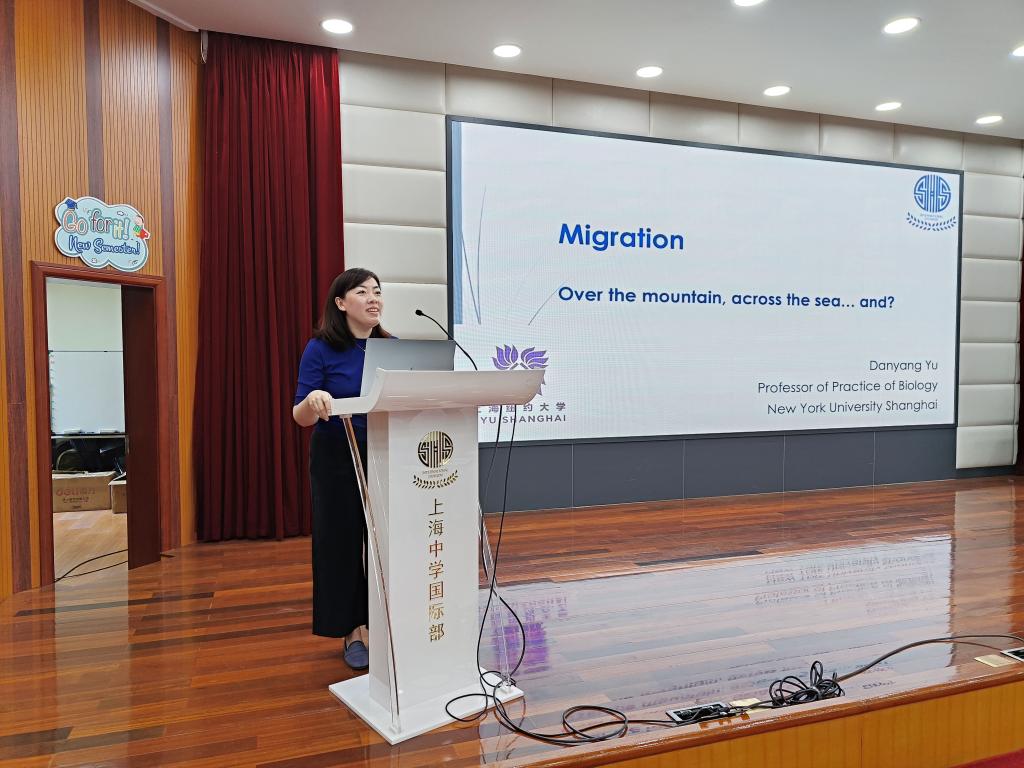
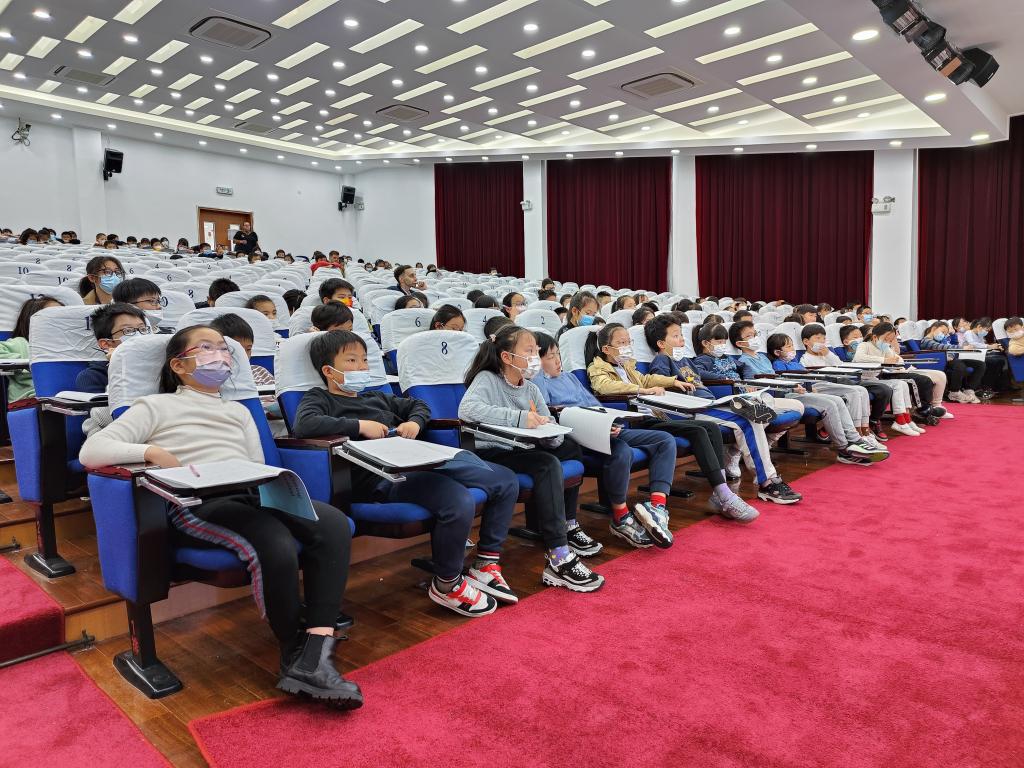
The lecture started with a question, what kind of animals would migrate? The students actively raised their hands to answer. Subsequently, Professor Yu further clarified the definition of "migration" through some daily human activities, such as picking up delivery packages, going to work, or going on a vacation. As Dr. Yu mentioned, the most amazing thing is that the students have recently studied the ancient poem "Evening View of the Spring River in Huichong", in which the line "the Artemisia sativa is all over the ground and the reed buds are short, just when the puffer fish is about to go up" referred to the puffer fish. The puffer fish is exactly a kind of migratory fish that swim upstream along the Yangtze River to lay eggs in the spring! This example made the students suddenly realize that science is everywhere in life.
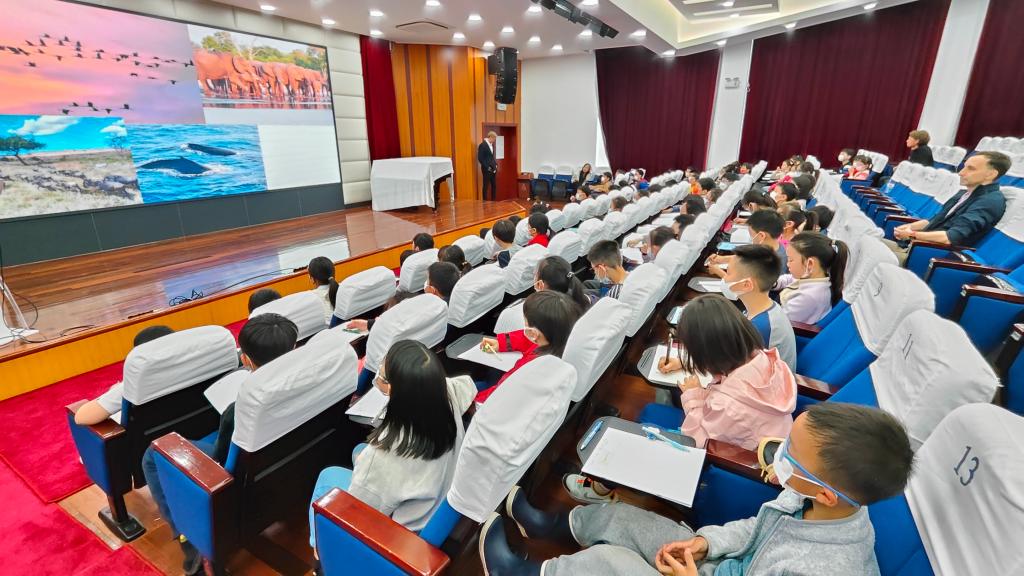
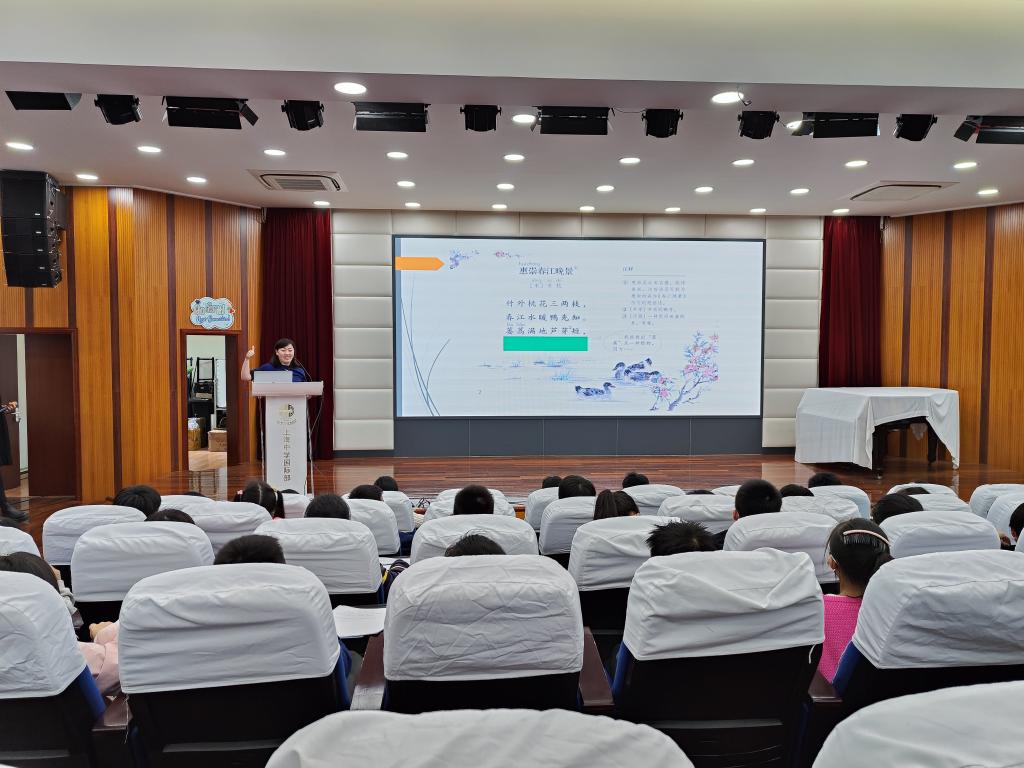
Behind the phenomenon of migration, there are still many questions waiting to be unraveled: Why animals migrate? When do they migrate? Where do animals migrate to? How do animals migrate? Excavating the reasons often requires in-depth thinking. Professor Yu encouraged the students to change their perspectives and imagine themselves as a young wildebeest about to travel far. Facing the habitat resources depletion, they had to migrate with the herd. The entire route was almost 300 kilometers long, and the herd was constantly shadowed by predators. In the flying dust, hundreds of thousands of wildebeests crossed the Mara River. Many lives were lost to the crushing current and the ever-ferocious crocodiles. Through imagination, the students deeply felt the migration of animals in nature is really an unknown and thrilling journey of life!
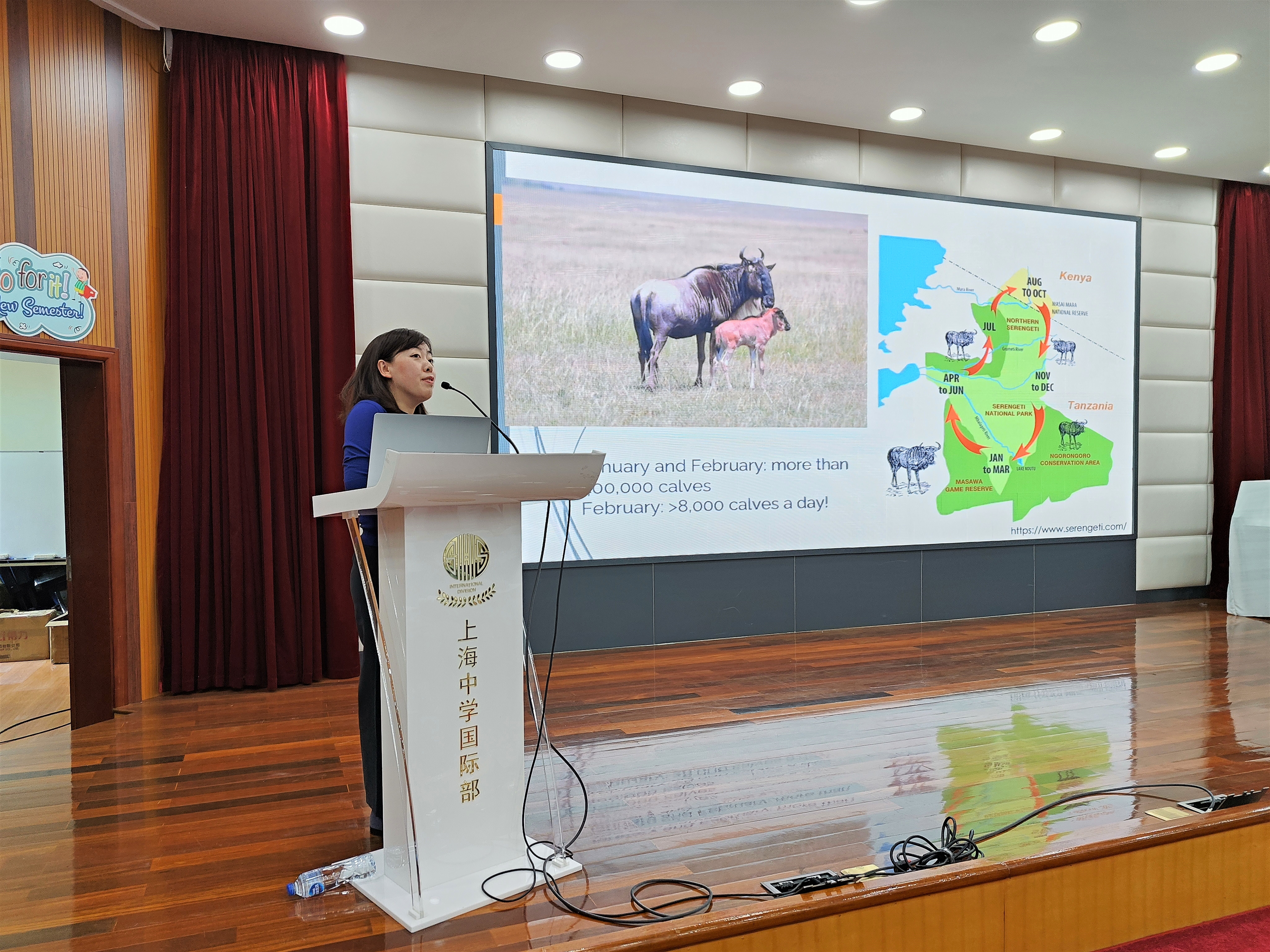
On the other hand, what is the relationship between animal migration and humans? Following Professor Yu, the students explored the largest migration in the world — the Sardine Run, and found that it can provide us with food, tourist attractions and job opportunities for specific groups of people. In turn, human behavior is also affecting animal migration, such as habitat destruction, food shortages, and climate warming. Birds gave up migration and died from ingesting highly polluted food in garbage; aquatic animals collided with cargo ships during migration and lost their lives; baby sea turtles were born on the beach but died from oil pollution... Each and every living example is shocking. Professor Yu also introduced that in addition to animals, humans also migrate. Two million years ago, our ancestors set off from the Africa continent and gradually spread across the world. Humans have and will continue the journey of migration.
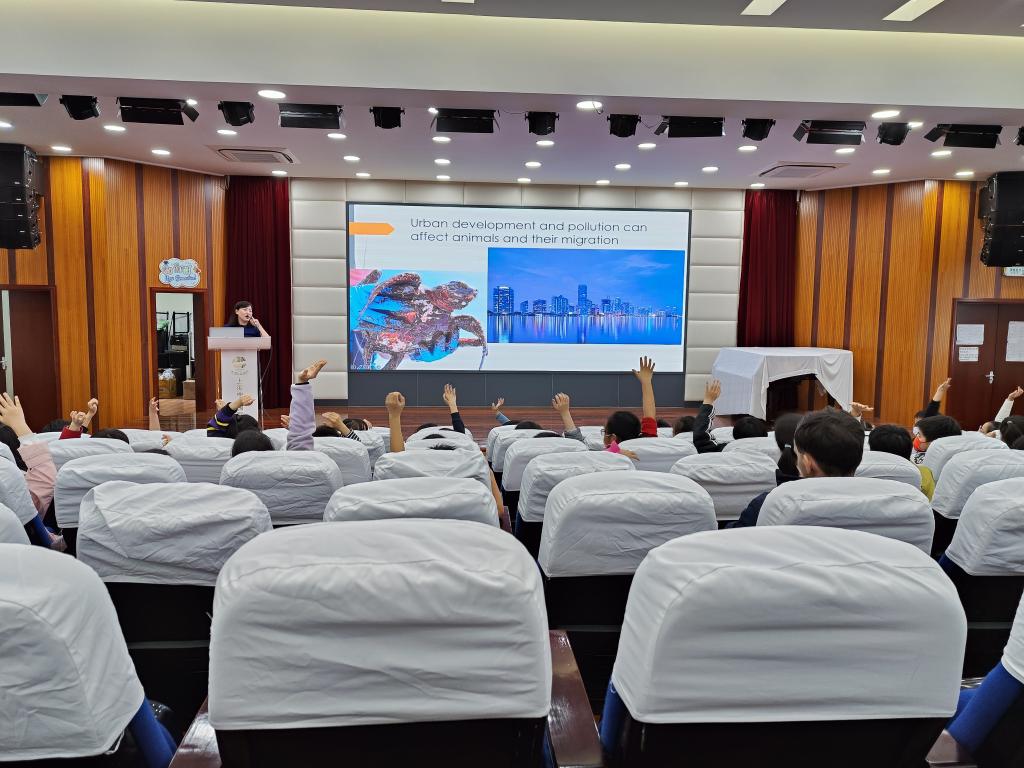
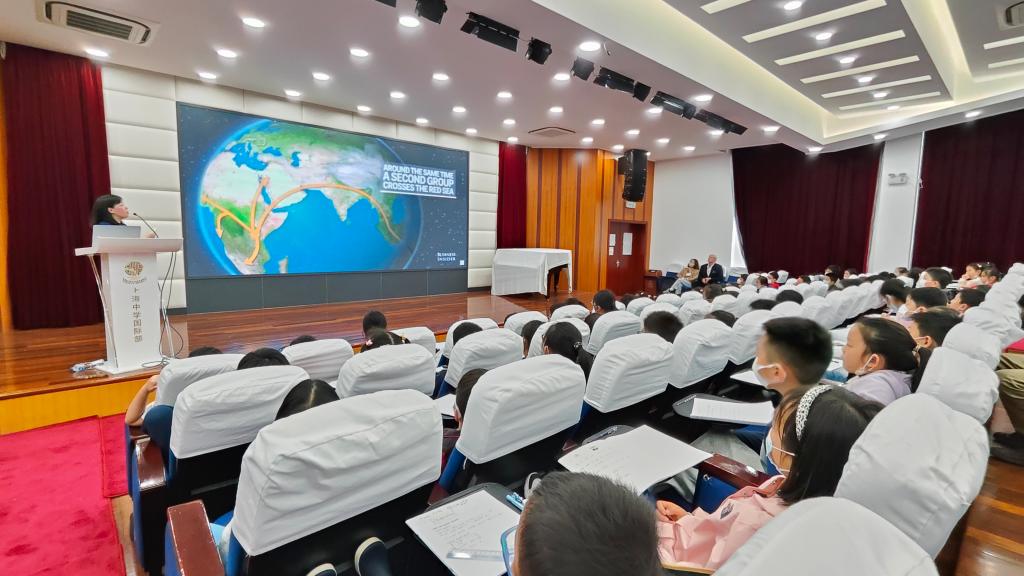
In the final interactive session, the on-site questions pushed the lecture to a climax again. Questions from our "little journalists" came one after another: Did dinosaurs migrate on the earth? How do animals reach their destinations exactly? Why did humans leave Africa? How did humans migrate across seas? How did humans communicate when migrating? Professor Yu answered all of them patiently one by one, and the students returned with full notes and rich knowledge.
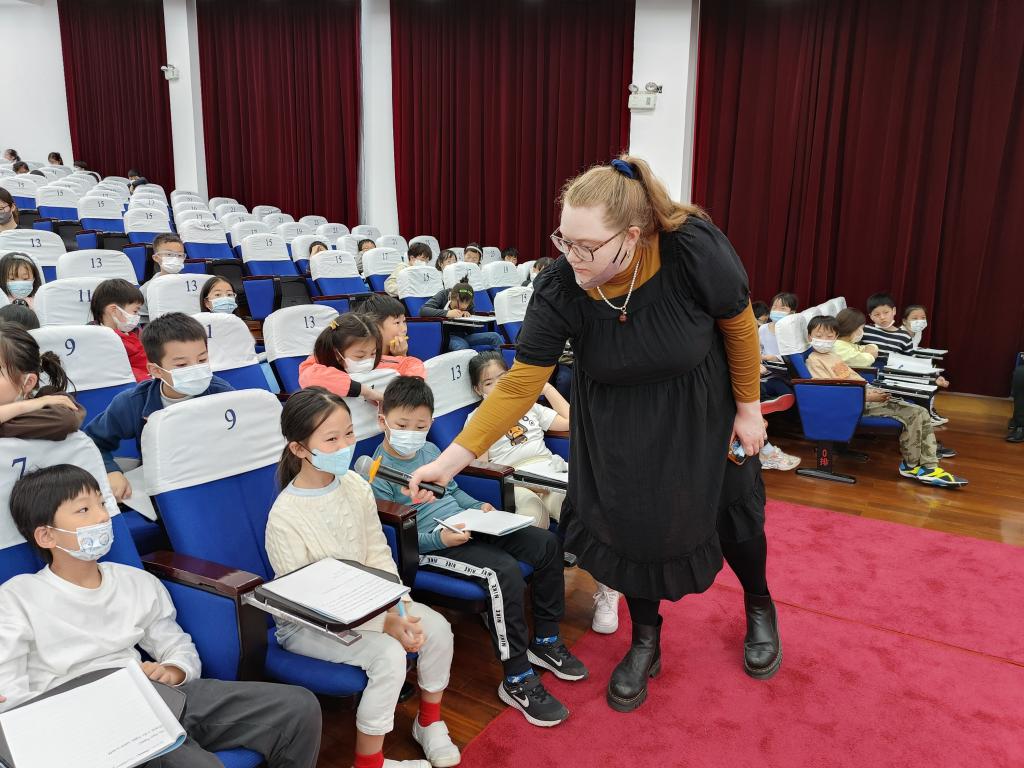
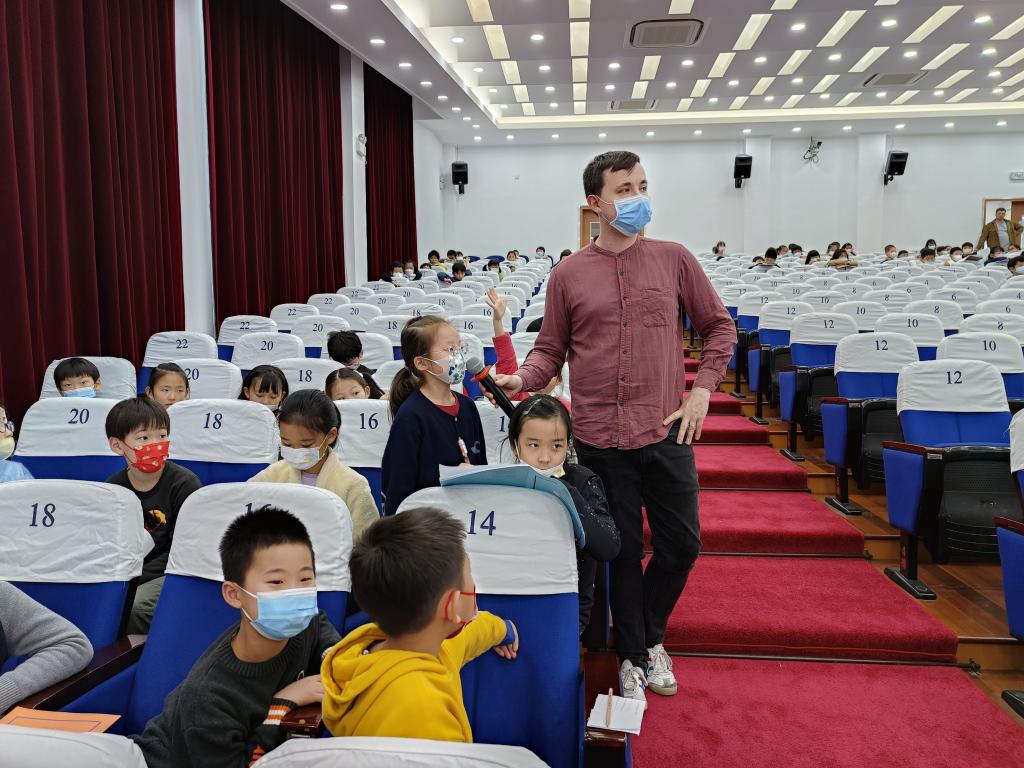
In this lecture, Professor Yu Danyang used intuitive pictures and easy-to-understand language to guide students step by step, in order to make them understand the greatest life process on this earth — animal migration. Careful observation, bold conjecture, careful thinking and self-connection, the students' scientific awareness and dialectical thinking have been further improved. Taking a long view, maintaining the ecology, caring for the earth, and thinking about problems with a global perspective are also important lessons learned by the students in this lecture.
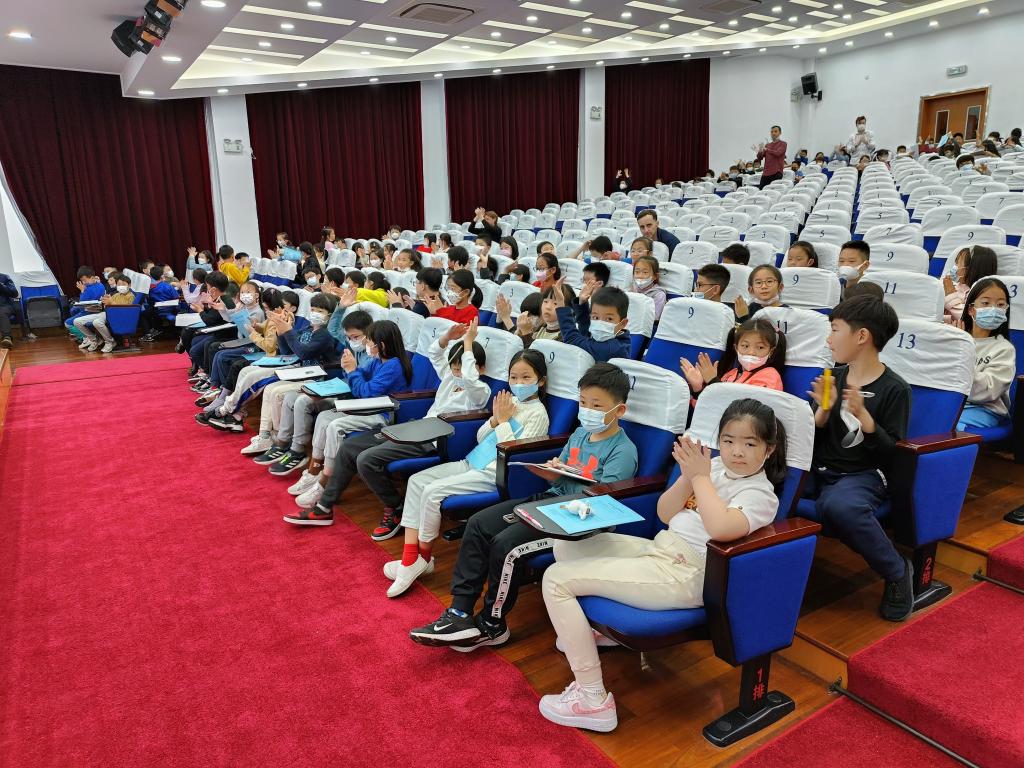
Written by Everly He
Pictures by Carol Li
Edited by Serene Yang, Niall Keenan